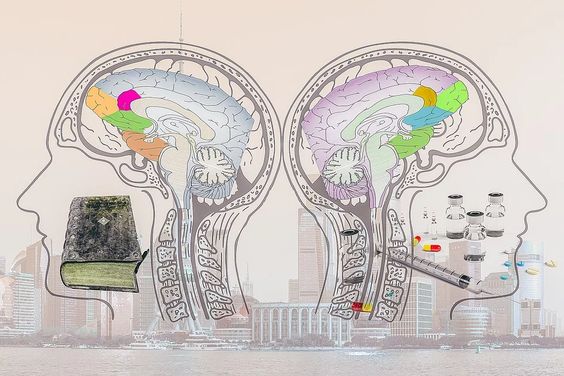Moving Away From Traditional Learning Methods
In my experience, traditional learning remains a predominant aspect of our education system, often favored by both veteran and newer teachers alike. As student teachers, we adhere to stringent guidelines when selecting practicum placements and coursework leading to our teaching certification. When placed in classrooms with progressive educators who embrace diverse teaching styles and alternative methods, we benefit greatly from the experience, enriching our understanding and skills over the course of 6-10 weeks.
However, if we find ourselves in a classroom governed by traditional teaching methods, where we may not fully agree with the approach or struggle to connect with it, what should we do next?
This is where mindset plays a pivotal role in our development as future educators. Regardless of the teaching environment, there is always something valuable to take from every experience. Reflecting on my own education, I encountered both traditionalist instructors and those who brought in inquiry-based and critical thinking methodologies long before they became widespread trends. In each instance, I took invaluable lessons applicable to the real world.
As someone who grappled with the memorization-centric nature of traditional learning, I anticipate using such methods when I have the privilege of teaching my own classroom of students. However, do I believe that exposure to effective traditional teaching approaches could enhance my teaching acumen? Absolutely. Any educational experience, even those that challenge our beliefs, contributes to our growth. By observing differing methodologies, we gather insights on what approaches may or may not align with our teaching philosophy, thereby enriching our future classrooms.
In essence, every learning encounter, whether aligned with our preferences or not, serves as a stepping stone towards becoming better educators. Embracing diverse perspectives ensures that we emerge as well-rounded professionals equipped to meet the needs of our students effectively.
m
Disclaimer: For this post I used generative AI to check grammar, and sentence structure for my writing. All ideas and content were created by me as the individual blogger 🙂

image from: https://www.learningbyinquiry.com/how-to-use-experiential-learning-in-the-inquiry-classroom/








